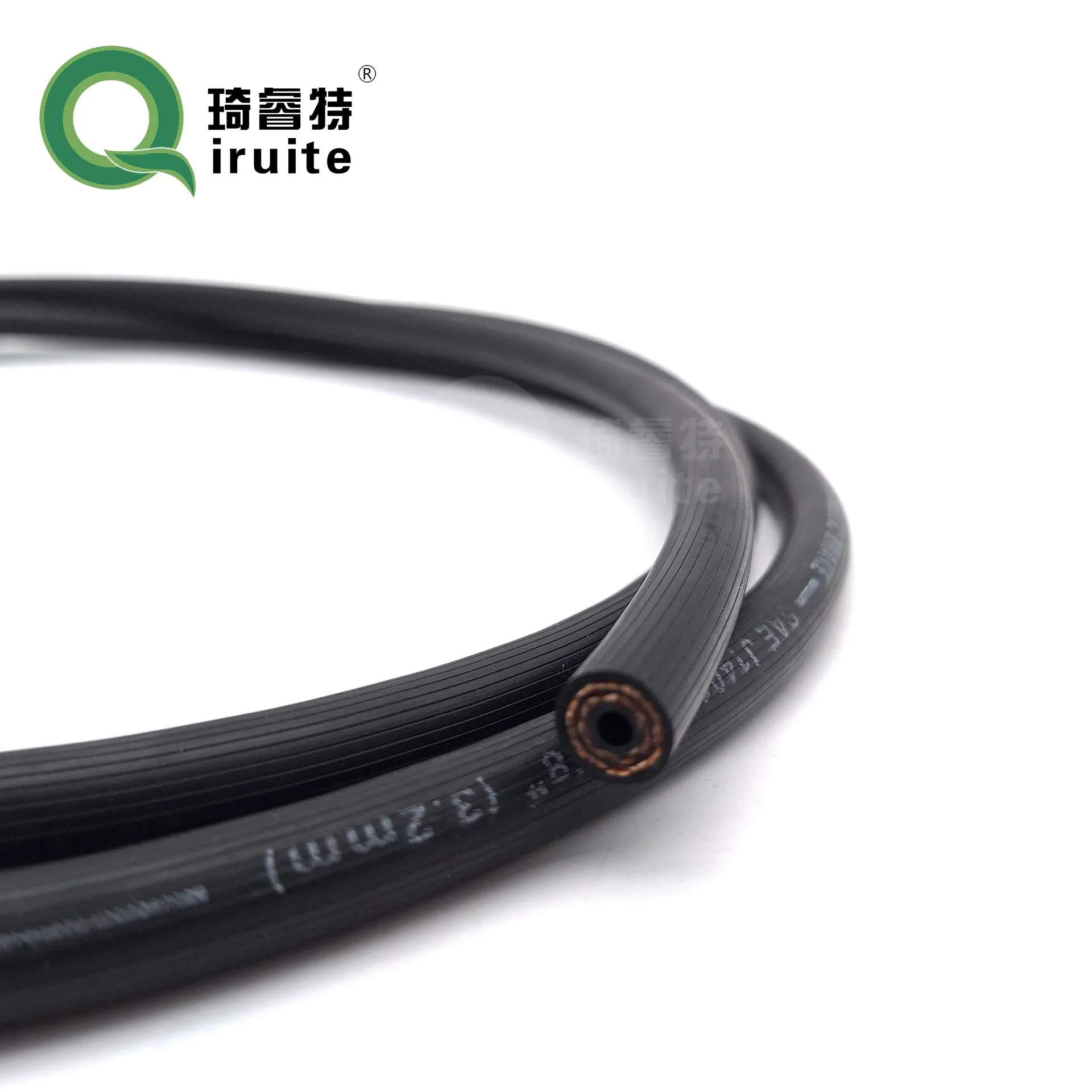repair power steering hose
How to Repair Power Steering Hose A Comprehensive Guide
Power steering is a critical component of modern vehicles, allowing for easier maneuvering and greater control. One of the vital parts of the power steering system is the power steering hose, which directs hydraulic fluid to the steering gear. Over time, the power steering hose can wear out, develop leaks, or suffer from damage. If you’re experiencing issues with your power steering system, particularly with the hose, this guide will help you understand how to repair it effectively.
Understanding Power Steering Hoses
Power steering hoses are typically made from rubber or reinforced synthetic materials designed to withstand high pressure and constant movement. There are generally two types of power steering hoses the high-pressure hose, which transports fluid from the pump to the steering gear, and the return hose, which carries the fluid back to the reservoir. Identifying which hose is causing the issue is essential for proper repair.
Identifying Problems
Before diving into repairs, you must identify the symptoms of a faulty power steering hose. Common signs include
- Fluid Leaks Puddles of red or pink fluid under your vehicle could indicate a leak in the power steering hose. - Whining Noise A high-pitched whine when turning the steering wheel may suggest low fluid levels due to a leak. - Difficulty Steering If steering feels heavy, it might be time to inspect the hoses for damage.
Tools and Materials Needed
If you’ve determined that the power steering hose needs repair or replacement, gather the following tools and materials
- Pliers - Wrench set - Screwdrivers - Replacement power steering hose - Power steering fluid - A container for old fluid - Rags or shop towels
Repairing the Power Steering Hose
repair power steering hose

1. Safety First Ensure that the vehicle is parked on a level surface and the engine is turned off. Engage the parking brake.
2. Locate the Power Steering Hose Open the hood and locate the power steering pump. Follow the hoses from the pump to find both the high-pressure and return hoses.
3. Drain the Fluid Place a container under the power steering components to catch any fluid that may spill during the repair. Remove the fluid from the reservoir using a turkey baster or siphon.
4. Remove the Damaged Hose Using the appropriate size wrench, carefully loosen the fittings on both ends of the damaged hose. Be cautious as some fluid may still be present. Once loosened, carefully remove the hose.
5. Install the New Hose Take the new power steering hose and attach it to the fittings, ensuring a snug and secure connection. It’s crucial to avoid cross-threading the fittings, which can lead to future leaks.
6. Replenish the Fluid Once the new hose is in place, refill the power steering fluid reservoir. Use the manufacturer-recommended fluid to ensure optimal performance.
7. Check for Leaks Start the engine and let it run for a few minutes while turning the steering wheel from lock to lock a few times. This action helps to circulate the fluid and eliminates any air pockets. Inspect the hose connections for any signs of leaks.
8. Finish Up If no leaks are detected, you can clean up any spilled fluid and safely dispose of the old fluid. Make sure all tools are accounted for and the engine is in good working condition.
Conclusion
Repairing a power steering hose is a manageable task for anyone with basic mechanical skills. By following these steps, you can save money on service fees and gain a better understanding of your vehicle’s power steering system. However, if you encounter significant issues or feel uncomfortable performing the repair, it’s always best to consult with a professional mechanic. Regular inspection and maintenance of your power steering system can help prevent hose damage, ensuring smooth and reliable steering performance for years to come.
-
Ultimate Spiral Protection for Hoses & CablesNewsJun.26,2025
-
The Ultimate Quick-Connect Solutions for Every NeedNewsJun.26,2025
-
SAE J1401 Brake Hose: Reliable Choice for Safe BrakingNewsJun.26,2025
-
Reliable J2064 A/C Hoses for Real-World Cooling NeedsNewsJun.26,2025
-
Heavy-Duty Sewer Jetting Hoses Built to LastNewsJun.26,2025
-
Fix Power Steering Tube Leaks Fast – Durable & Affordable SolutionNewsJun.26,2025

